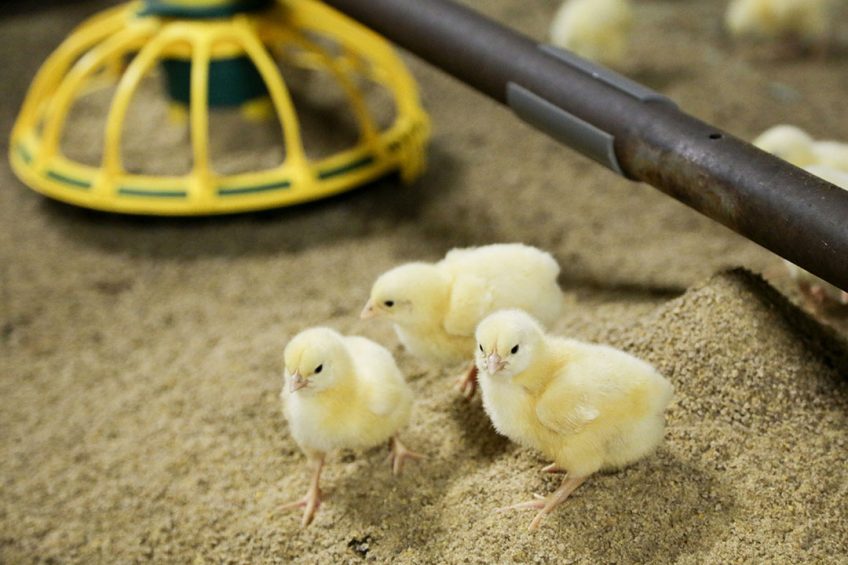Production costs Brazil rise 38% in 2020

Poultry production costs rose by 38.93% in Brazil in 2020, reaching the worst level for farmers since 2012.
Meat prices declined or stabilised and the cost share of feed and doc’s grew to 87% of total production costs. According to Embrapa Suínos e Aves, from the 10 elements that make up poultry production costs, only labour costs decreased last year (0.20%). The other 9 components increased. The largest increase was observed in feed costs, which increased by 33.02%, followed by chicks (4.16%); transportation (0.68%); depreciation (0.45%); capital costs (0.48%); electricity (0.48%); maintenance (0.09%); health (0.09%) and others (0.01%).
The bigger picture shows the cost of producing a kilo of live chicken in Paraná jumping from R$ 3.01 (US$ 0.56) in January 2020 to R$ 4.18 (US$ 0.78) in December. Combined, nutrition and chicks make up 87.13% of all costs. To make things worse, corn and soybean meal prices are even higher in January 2020. This scenario, combined with the lower prices paid per kilo of chicken, put pressure on producers’ buying power.
 Brazil expects to produce 14.5 million tonnes of chicken in 2021
Brazil expects to produce 14.5 million tonnes of chicken in 2021
Brazil projects a production of 14.5 million tonnes of chicken meat in 2021, 5.5% more than its previous record, reached last year.
Record harvest
What makes this situation so bizarre is that Brazil experienced record harvest for both grains and soya last year, amounting up to 124.8 million tonnes for soybean (up 4.3%) and 102.5 million tonnes of corn (up 2.5%), respectively. The high prices can only be explained by a strong overseas demand and global price increases. According to Cepea market analyst Juliana Ferraz, the current scenario is a conjuncture of expensive inputs and cheap meat. “We see a downward trend in meat prices and, consequently, the price paid to the live animal producer falls.” The researcher recommends that producers plan ahead for the medium- and long term, thinking strategically in order to mitigate the effects of market changes.













